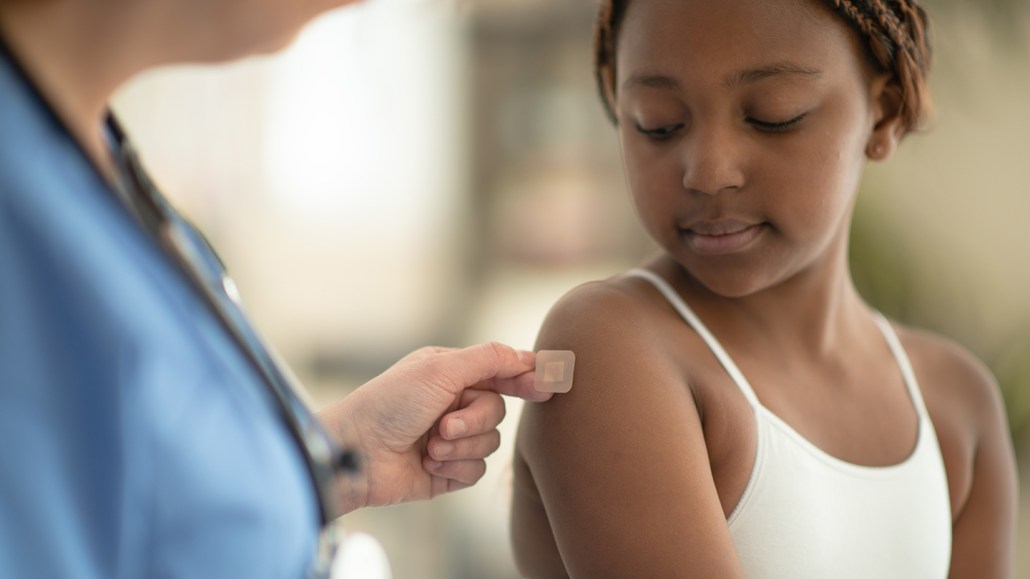Questions for “Brown bandages would help make medicine more inclusive”

Most bandages on the market are tinted to most closely match white people’s skin tone. Making brown bandages more common could help counter racism in medicine, medical experts argue.
FatCamera/E+/Getty Images